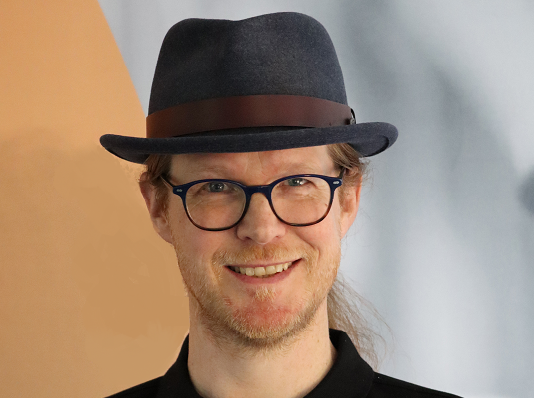Meeting are just a fact of life for most of us. We tend to have too many of them (unless we are the people organising them!).
There are many tips and tricks to make meetings more effective and less of a chore but recently I came across quite a few sources that explain how some of the leaders of the biggest tech companies in the world have approached meetings. In this post, I am taking the shared learning and trying to distil it down into a set of guidelines for all meetings.
Issue an agenda
It is important to set expectations so that people know why they are needed in a meeting.
- If there is an expectation that they will need to prepare in some way or carry out actions as a result of the meeting, then they should have the option of letting the organiser know that they don’t have time.
- If they have other meetings at the same time, an agenda can help in prioritisation between clashing meetings.
Two Pizza Team
This is a term that has come out of Amazon and is becoming widely used in the agile world to define the maximum size of a team: If it takes more than two pizzas to feed the team, then the team is too big. The same rule applies to meetings.
Start with Silence
“We read those memos, silently, during the meeting,” says Bezos. “It’s like a study hall. Everybody sits around the table, and we read silently, for usually about half an hour, however long it takes us to read the document. And then we discuss it.”
If the agenda has been set, and there is a document to discuss, this makes perfect sense. It ensures that everybody has seen the same content, and importantly, that it is fresh in their minds. This can bypass the excuse of “I didn’t have time to read the document” and actually free people up to do other things until the meeting starts.
Listen more
Active listening is an important skill for everyone, but it plays a particularly important role in building a safe environment for innovation and honesty. When people are not afraid to share their thoughts and ideas, a team is more innovative and creative.
Talk less, Challenge More
Talking less doesn’t mean don’t talk, it means be more considerate about what you are saying. Satya Nadella says “talk less”, whereas Steve Jobs said “challenge people”. These can often be the same as the outcome is that the views, ideas and opinions of the attendees of the meeting are being more fully expressed and explored in more depth.
This has the benefit of re-enforcing the safe environment for the team but also allows a team to elaborate on what is being discussed.
Stay on Track
The agenda should be adhered to. Attendees will potentially have other meetings after the one that they are in and so it is imperative to stay on track and bring the meeting to a close on time. This can be very difficult when there is a difficult or stimulating subject to be discussed, but it should be remembered that if the subject is important, another meeting may be needed, otherwise the person empowered to make a decision should be in the meeting
Be decisive when the time comes
Often, the aim of a meeting is for a decision to be made. The person making the decision is served well by the advice of Satya Nadella to listen more, talk less and be decisive when the time comes.
Often the biggest complaint regarding decisions is not that one has been made, but that there has been no open discussion. If a meeting is intended to shape a decision, then there should always be a person present empowered to make a decision and the meeting should always have sufficient time allocated for all participants to express their views before a decision is made.
Summary
To get the best out of the participants in a meeting, they should all be aware of what the purpose of the meeting is and what is expected of them. During the meeting, they should all have an opportunity to participate in a safe environment where their views, opinions and ideas are treated with respect.
Sources:
https://www.inc.com/justin-bariso/microsofts-ceo-knows-how-to-run-a-meeting-heres-how-he-does-it.html
https://www.inc.com/justin-bariso/8-essential-lessons-from-this-meeting-led-by-a-young-steve-jobs.html
https://www.inc.com/justin-bariso/jeff-bezos-knows-how-to-run-a-meeting-here-are-his-three-simple-rules.html
Author

Alan is a passionate advocate for enhancing organisational productivity, security, and compliance. With extensive experience in crafting solutions around Microsoft's suite of products, including Microsoft 365, Power Platform, and Dynamics 365, he has consistently demonstrated the transformative potential of these technologies.
In his role as a Cross-functional Technical Architect at the Microsoft Technology Centre for over six years, Alan excels at helping organisations harness the full scope of Microsoft technologies. He specialises in guiding them towards realising the manifold benefits that these tools can provide at individual, team, and organisational levels. Alan's expertise is pivotal in propelling businesses to new heights through the effective utilisation of technology.


